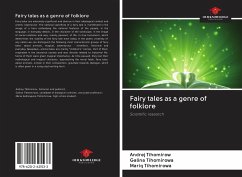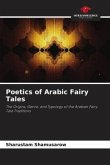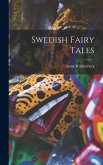Fairy tales are extremely significant and diverse in their ideological content and artistic expression. The national specificity of a fairy tale is manifested in the image of a hero embodying the national features of the people, in the language, in everyday details, in the character of the landscape, in the image of social relations and way, mainly peasant, of life, in true humanism, which determines the viability of the fairy tale even today. In the poetic creativity of any nation we can distinguish the following most characteristic groups of fairy tales: about animals, magical, adventurous - novellistic, historical and everyday. Nowadays, animal tales are mainly "children's" stories. Part of them originated in the ancestral society and was directly related to industrial life. Some of them were given magical importance. As time passed, they lost their mythological and magical character, approaching the moral fable. Fairy tales about animals, simple in their composition, gravitate towards dialogue, which is often given in a song-stych-writing form.








